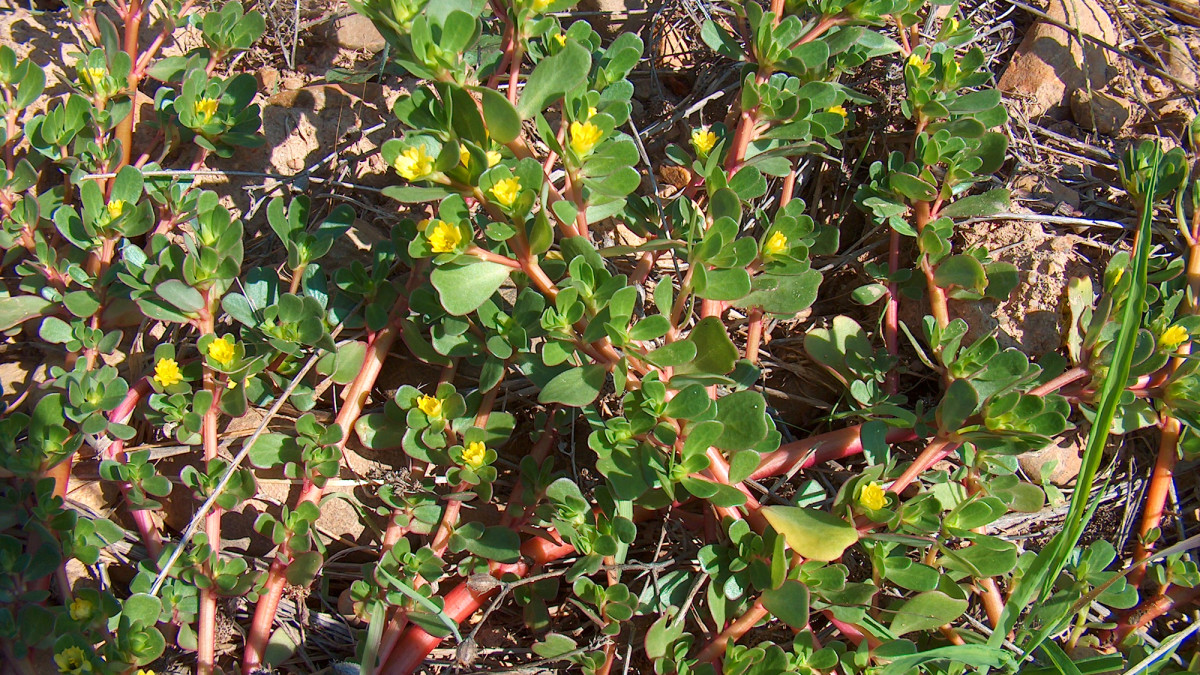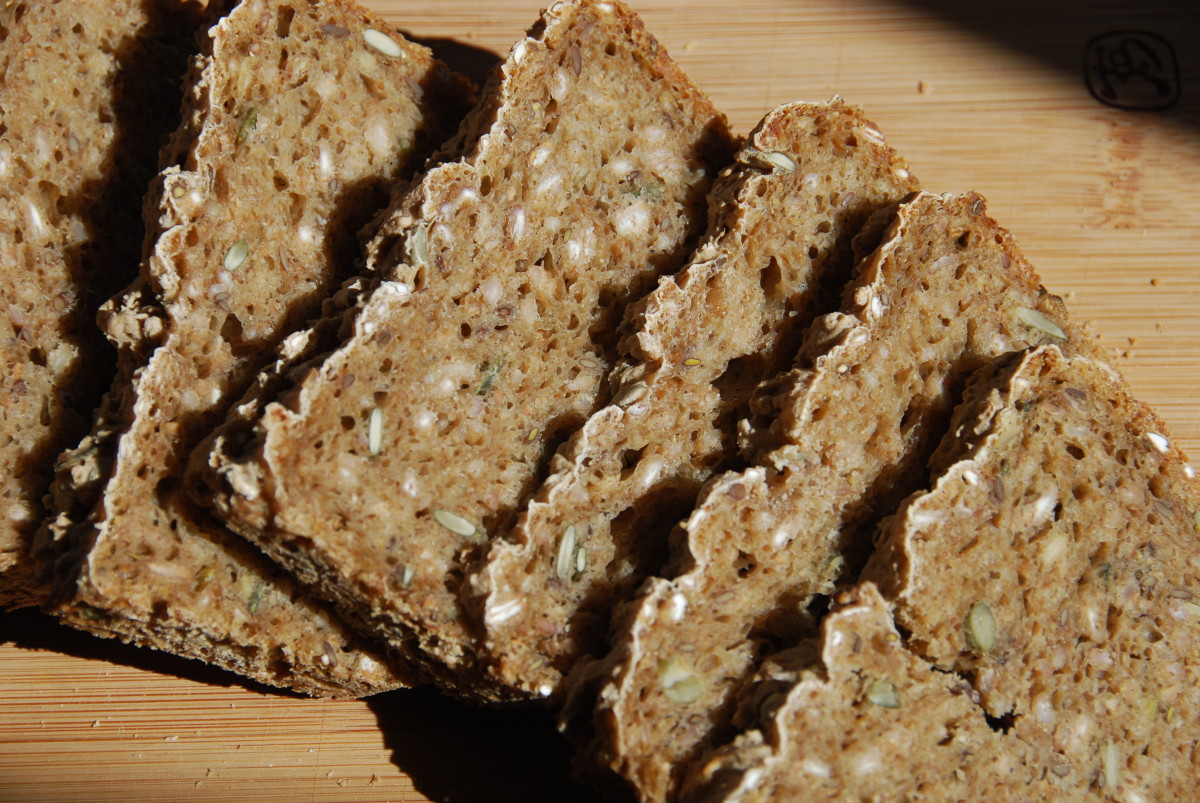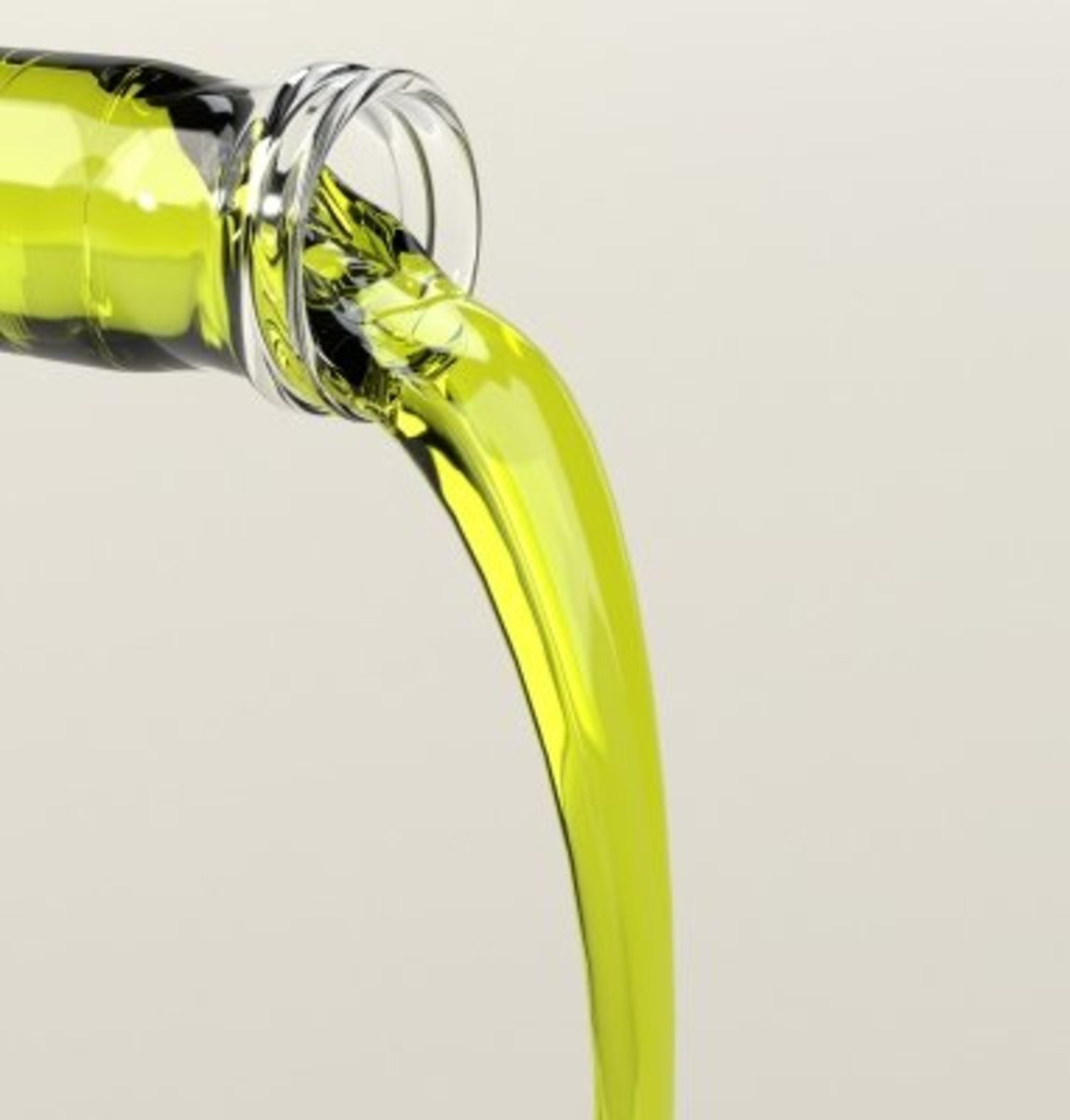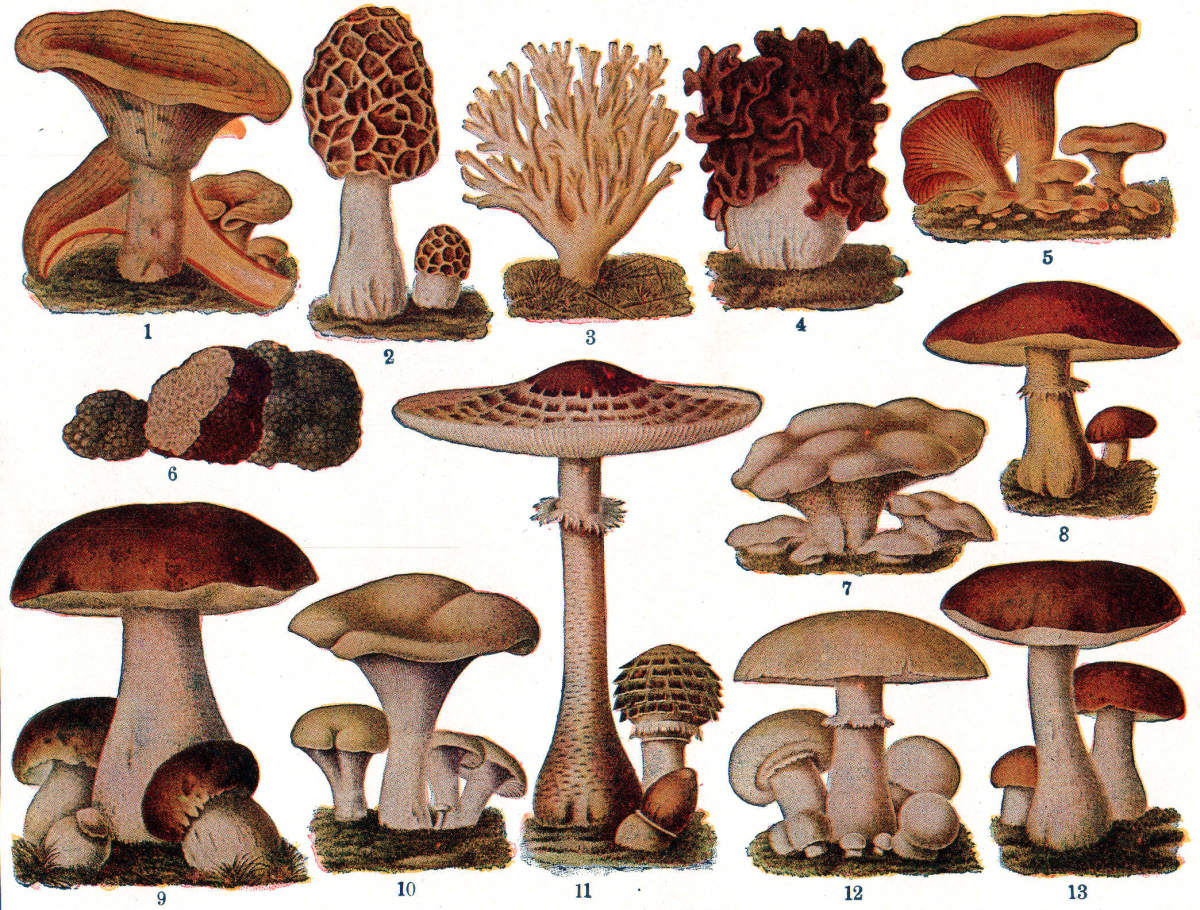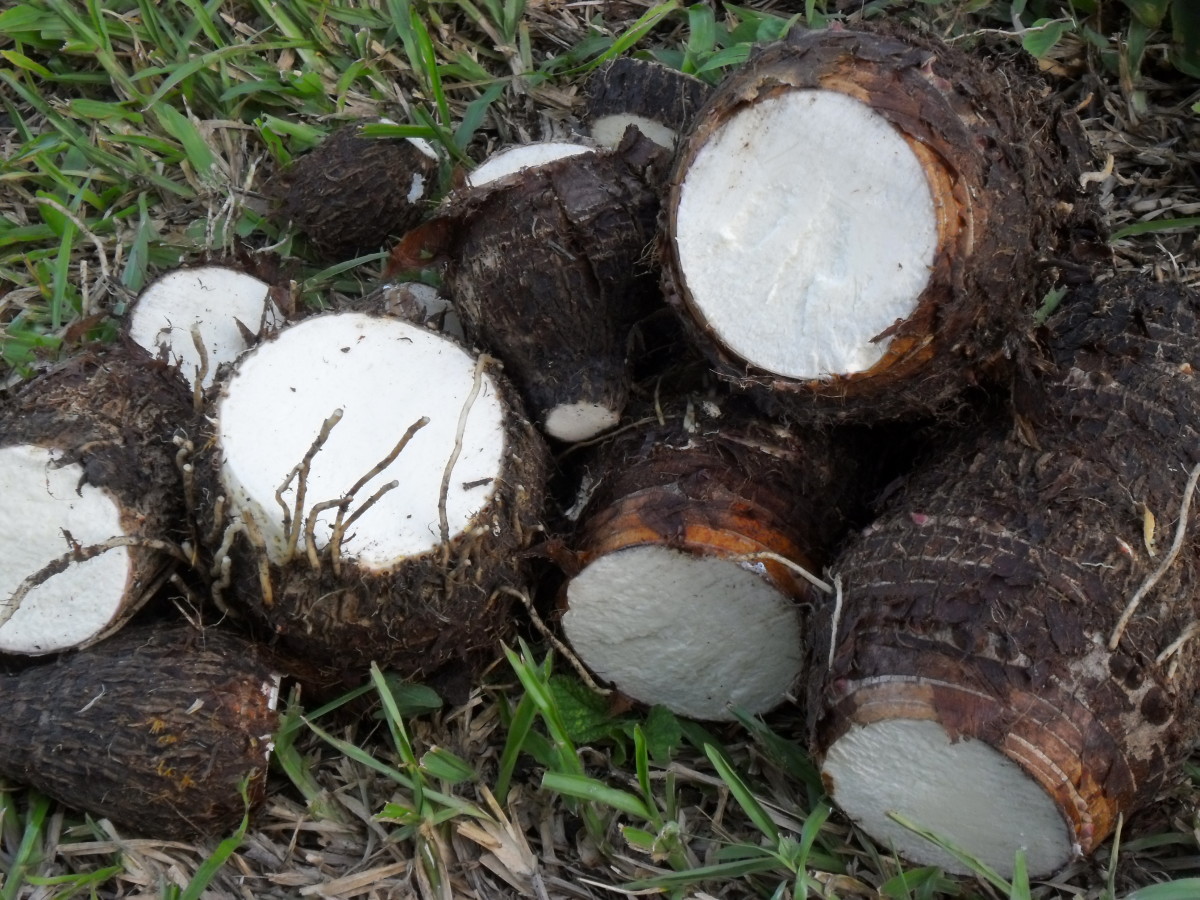Fats and Oils - Grapeseed Oil

This nutritional information has been prepared using Australian metric weights and measures. For conversion to weights and measures applicable in your country click here.
Nutritional Information
The fat in grapeseed oil is predominantly polyunsaturated. It is an excellent source of Vitamin E. Use a small amount of this oil in preference to a saturated fat.
Description
The light, aromatic oil derived from the seeds of the grape varieties Vitis vinifera and Vitis labrusca. Refined grapeseed oil is a pale yellow-green color with a slightly fruity flavor. The crude oil is darker in color and has a stronger flavor.
Origin and History
The production of oil from grapes was ongoing by 1560 and several factories were operating in Italy in 1790. At that time, grapeseed oil was used in the manufacture of paints and varnishes and as an edible cooking oil. Production died out towards the end of the 19th century when lower priced oils came into general use but was resumed both before and during World War 1. Grapeseed oil is produced from waste raisin seeds and as a natural by-product of the wine industry - the seeds contain from 6-20% oil. It is produced on a commercial scale in France and Italy.
Buying and Storage
Store in a sealed container, at room temperature and away from direct light. Natural waxes may precipitate out on storage, particularly at lower temperatures.
Preparation and Use
Refined grapeseed oil is used primarily as a cooking and salad oil. In its crude state it is used as an ingredient in dressings. It has a high linoleic acid content (comparable to safflower oil) and is frequently marketed as a health product.
Processing
The grape seeds are recovered from pomace or wine press residues by several processes involving washing, threshing and sieving. The seeds are then dried, cooked, milled and flaked before pressing or solvent extraction of the oil commences. The oil is generally then refined and "winterized" to remove waxy materials.


